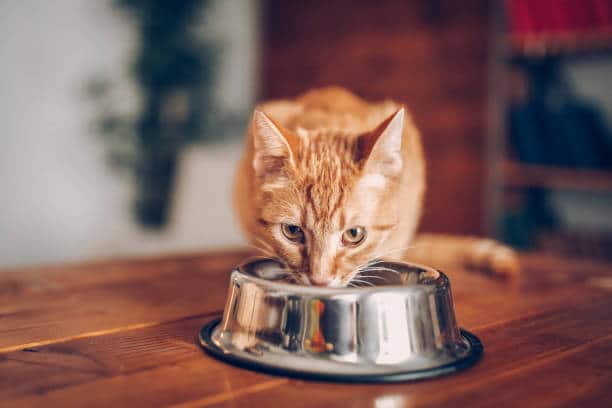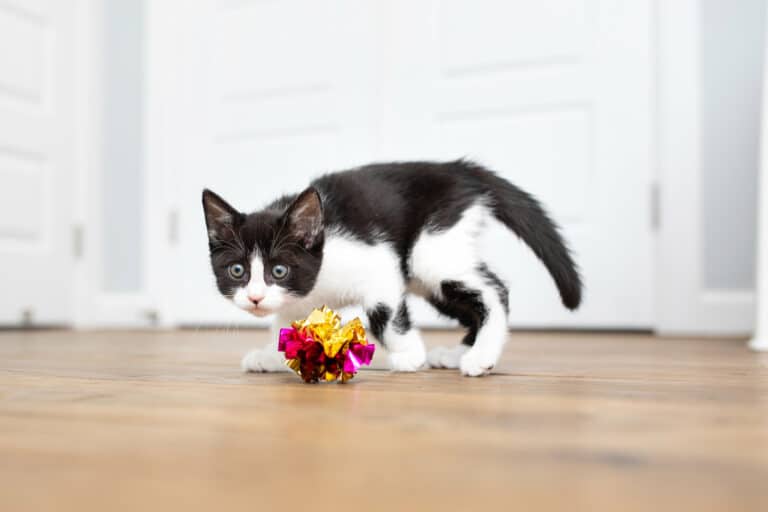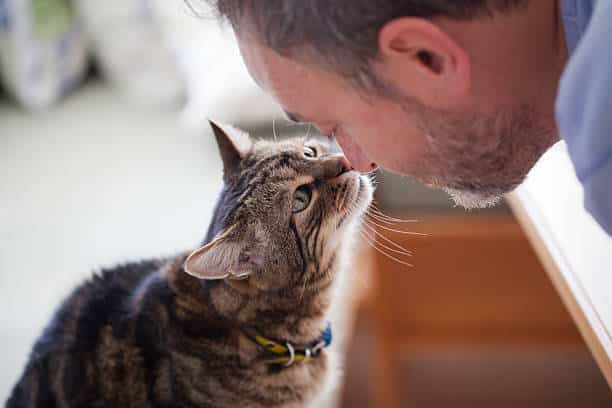How To Choose The Right Cat Food For Your Furry Companion
Overwhelmed by the plethora of cat food options available on the market? Choosing the right cat food for your furry friend is crucial for their health and well-being. With so many brands, flavors, and ingredients to consider, navigating the world of cat food can be daunting. In this guide, we will break down the key factors to consider when selecting the best cat food for your beloved pet, ensuring they receive the nutrition they need to thrive.
Factors to Consider When Choosing Cat Food
Before making a decision on what cat food to purchase, there are several factors to consider. Recognizing these factors will help ensure that you are providing your feline friend with the best nutrition possible.
Age and Life Stage of Your Cat
Consider the age and life stage of your cat when selecting their food. Kittens, adult cats, and senior cats have different nutritional needs. It’s important to choose a formula that is specifically designed to meet the requirements of your cat’s current stage of life.
Specific Health Issues and Dietary Requirements
To address specific health issues or dietary requirements, consult with your veterinarian. They may recommend a specialized diet to manage conditions such as obesity, kidney disease, or food sensitivities. As far as your cat’s health, it’s crucial to follow professional advice to ensure they receive the necessary nutrients while managing their condition effectively.
The Role of Ingredients and Nutritional Content
While selecting cat food, pay attention to the ingredients list and nutritional content. Requirements vary based on a cat’s age, activity level, and health status. Look for high-quality proteins, imperative vitamins and minerals, and the right balance of fats and carbohydrates. Reading and understanding the labels will help you make an informed choice that promotes your cat’s overall well-being.
Types of Cat Food: Pros and Cons
While choosing the right cat food for your furry companion, it’s important to weigh the pros and cons of each type. Here is a breakdown of the advantages and disadvantages of different cat food options.
| Dry Cat Food | Wet Cat Food |
| Convenient and easy to store | High moisture content for hydration |
| Promotes dental health | More palatable for picky eaters |
| Cost-effective | Less processed and more natural |
| Long shelf-life | Can be more expensive |
| May contain more fillers and preservatives | Needs refrigeration once opened |
Dry Cat Food vs. Wet Cat Food
Food preference varies from cat to cat. Dry Cat Food is a convenient and affordable option, while Wet Cat Food provides necessary hydration and is more palatable for some felines. It’s ideal to offer a mix of both to ensure a balanced diet.
Raw Diets and Homemade Options
Food prepared at home or in raw form can offer a more natural and less processed diet for your cat. However, these diets require careful attention to ensure they meet all of your cat’s nutritional needs. Consult with a veterinarian or a pet nutritionist before switching to a raw or homemade diet to ensure it is balanced and safe for your furry friend.
How To Choose The Right Cat Food
Tips for Reading and Understanding Cat Food Labels
After understanding the importance of choosing the right cat food for your furry friend, it is crucial to learn how to read and understand cat food labels accurately. Look for the following key elements on the label:
- Ingredients list in order of quantity
- Protein source as the first ingredient
- Avoid artificial colors, flavors, and preservatives
- Adequacy statement from AAFCO
Recognizing these details will help you make an informed decision when selecting the best cat food for your pet’s needs.
How to Evaluate Brands and Product Reviews
Choose cat food brands that have a reputation for high-quality ingredients and rigorous testing processes. Look for products that have received positive reviews from reliable sources such as veterinarians or animal nutritionists. Consider factors like the brand’s history, recall history, and customer feedback to gauge the reliability of the product.
Another key aspect to consider when evaluating brands and product reviews is to look for certifications or endorsements from reputable organizations in the pet food industry. These certifications can provide additional assurance of the quality and safety of the cat food you are considering.
How-To Transition Your Cat to New Food
Keep in mind that abruptly changing your cat’s food can lead to digestive upset and refusal to eat. To successfully transition your furry companion to a new food, it’s important to do so gradually over a period of about 7-10 days.
Start by mixing a small amount of the new food with your cat’s current food. Gradually increase the proportion of new food while decreasing the old food over the course of a week or so, until your cat is solely eating the new food.
Monitor your cat during the transition period for any signs of digestive issues such as vomiting or diarrhea. If you notice any concerning symptoms, slow down the transition process and consult with your veterinarian for guidance.
Remember that every cat is unique, so the transition period may need to be adjusted based on your cat’s individual needs and preferences. Patience is key when transitioning your cat to a new food, so take it slow and ensure your cat adjusts comfortably to the change.
FAQ
Q: What should I look for when choosing cat food?
A: When choosing cat food, it is important to look for options that are labeled as complete and balanced. This means that the food meets the nutritional requirements set by organizations like the Association of American Feed Control Officials (AAFCO). Additionally, consider your cat’s age, activity level, and any specific dietary requirements they may have.
Q: Are there specific ingredients I should avoid in cat food?
A: Yes, there are certain ingredients you may want to avoid when choosing cat food. These include artificial preservatives, colors, and flavors, as well as fillers like corn, wheat, and soy. Cats are obligate carnivores, so a high-quality protein source, such as meat or fish, should be listed as the first ingredient.
Q: How can I transition my cat to a new food?
A: To transition your cat to a new food, gradually mix increasing amounts of the new food with decreasing amounts of the old food over a period of about 7-10 days. This gradual transition can help prevent digestive upset. Monitor your cat’s behavior and stool during the transition to ensure they are adjusting well to the new food.







